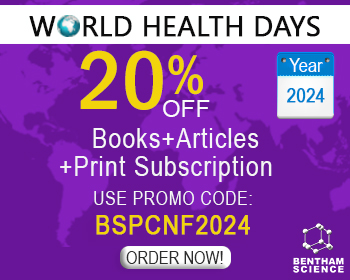Abstract
The atomic force microscope has been extensively used not only to image nanometer-sized biological samples but also to measure their mechanical properties by using the force curve mode of the instrument. When the analysis based on the Hertz model of indentation is applied to the approach part of the force curve, one obtains information on the stiffness of the sample in terms of Youngs modulus. Mapping of local stiffness over a single living cell is possible by this method. The retraction part of the force curve provides information on the adhesive interaction between the sample and the AFM tip. It is possible to functionalize the AFM tip with specific ligands so that one can target the adhesive interaction to specific pairs of ligands and receptors. The presence of specific receptors on the living cell surface has been mapped by this method. The force to break the co-operative 3D structure of globular proteins or to separate a double stranded DNA into single strands has been measured. Extension of the method for harvesting functional molecules from the cytosol or the cell surface for biochemical analysis has been reported. There is a need for the development of biochemical nano-analysis based on AFM technology.
Keywords: atomic force microscopy, afm tip, afm technology

























